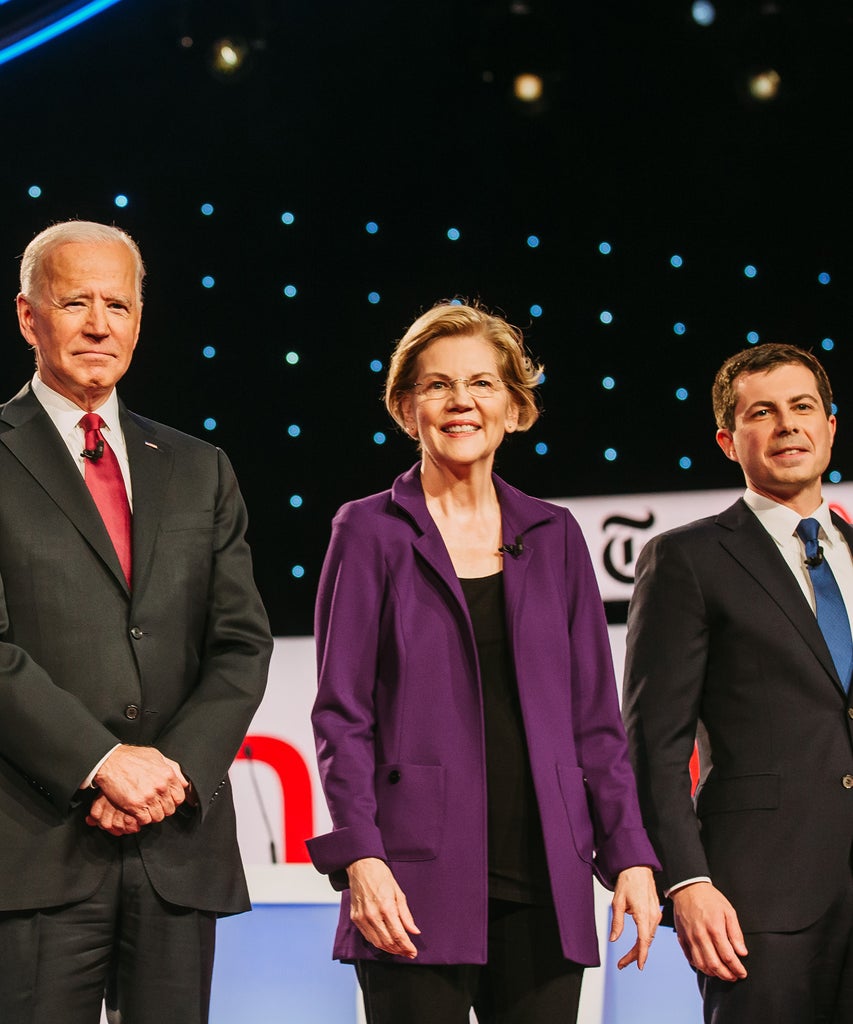
After months of political mud-slinging, inscrutable polls, Joe Biden’s Corn Pop, and somebody named Michael Bennet, voting is finally set to begin in the 2020 Democratic presidential primary.
Followed by three other pivotal, first-in-the-nation contests in New Hampshire, Nevada and South Carolina, the Iowa caucus is a big deal mostly because it sets up the national narrative for how the rest of the primary will unfold as other voters across the country head to the polls.
While a ‘primary’ typically refers to a process that’s very similar to the one we use for the general election in the U.S., a caucus is an entirely separate, somewhat arcane process in which voters will show up at their respective precinct sites on the evening of February 3 to engage in public debate and deliberation in an effort to winnow the presidential field in favor of their preferred candidate.
If you’ve never voted in a caucus before — or if it’s your first time voting in general — here’s what a caucus actually is. Picture this: You head out to your assigned precinct caucus site on Monday night, and it’s the gym of the high school you just graduated from last spring. There are folding chairs set up, and the caucus-goers sitting in them (your neighbors and fellow community members) are divided up physically, grouped among others who support their given candidate.
Everyone in the room will have the chance to listen to arguments and speeches meant to convince attendees to switch their support to their preferred candidate, and some will, moving to sit with the other supporters in the room as they change their minds. This will be tallied up as what’s known as the “pre-realignment vote total”: how many people supported a given candidate at the very beginning of the night.
Next, caucus organizers will check to see which candidates have met the minimum viability threshold to continue to receive votes (it’s usually around 15 percent of support). If any of the 2020 Democrats have fallen below this threshold, they’re out — and now, anyone sitting in the gym who supported them is free to throw their support behind one of the remaining candidates instead. This is what’s known as the final vote total, and that’s the important number caucus organizers will use to determine the results for each precinct.
Once organizers have tallied up how much support each candidate has received after the reshuffling, they will do complicated math to determine the share of each county’s allocated delegates that support corresponds to.
If you can imagine this on a smaller scale of just 10 people, this is how it would run down. Let’s say three of the 10 have ended up pledging their support to Vice President Joe Biden, three to Senator Bernie Sanders, two to Senator Elizabeth Warren and two to Senator Amy Klobuchar (South Bend, Indiana Mayor Pete Buttigieg has sadly failed to meet the minimum viability threshold in this scenario, so his supporters have divvied up among the other candidates). If that county had been apportioned 10 delegates, all of them would be proportionately assigned to each of the candidates, and then later on down the road, those county delegates would be transmuted again into “state delegates.”
This confusing process is mostly overwrought and lacking in transparency, so much so that the rules for the Iowa caucus have been tweaked this year in response to criticisms about how the process played out in the 2016 primary.
At the end of the day, Iowa is just the first stop in a long, long line of voting contests that will determine who the eventual Democratic nominee is. Rather than getting bogged down in the minutiae, Democratic voters — and candidates — would be well-advised to focus their strengths on the big boss fight that’s still to come: defeating President Donald Trump in the general election come November.
Related Content:
Like what you see? How about some more R29 goodness, right here?
Where Candidates Stand On The Biggest Issues
Warren & Sanders Fight May Break Their Peace Pact
All The Important 2020 Election Dates






